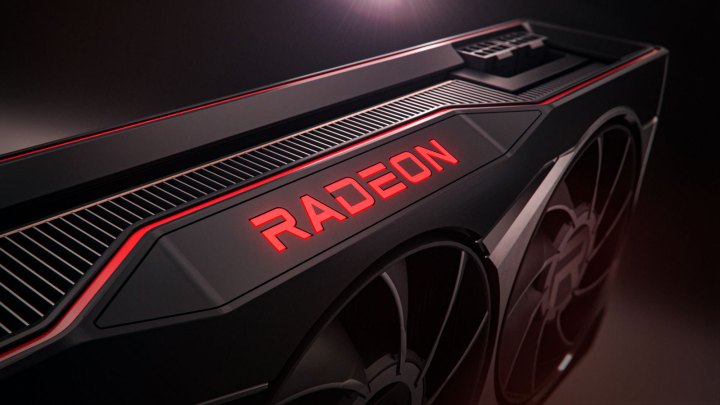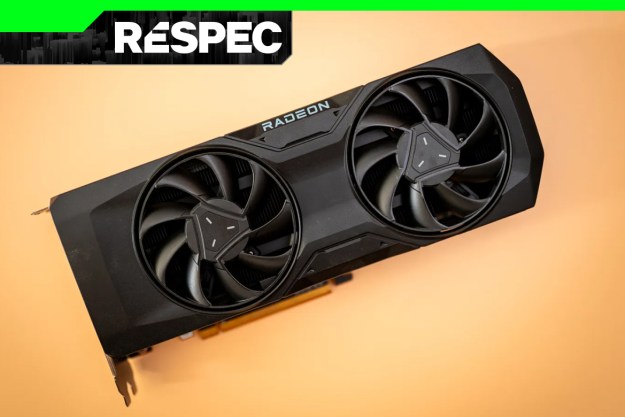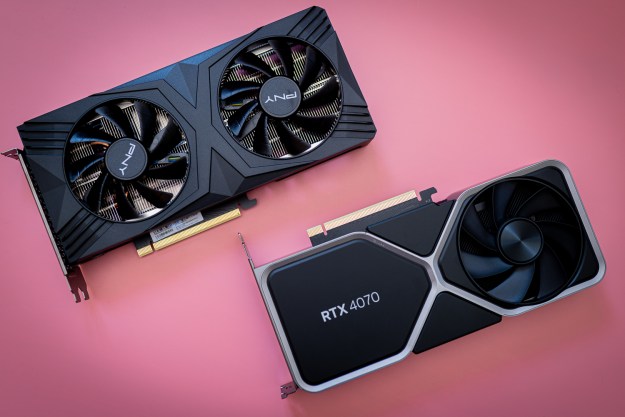AMD is preparing to enhance the performance of OpenGL applications in a big way with a new driver upgrade, according to a newly discovered update.
As reported by Wccftech, a fresh Windows 11 22H2 GPU driver for Radeon-powered graphics cards appears to be on the horizon.

The upcoming update for Microsoft’s Windows 11 operating system shows some interesting tidbits via the GPU-z “WDDM” information tab. Thanks to some performance benchmarks that were carried out, AMD will apparently offer a massive 55% boost in Unigine Valley Benchmark — Wccftech highlights how this area is now directly comparable to the popular DirectX 11 platform.
The exact drivers uncovered are as follows:
- Direct3D Driver Version – 9.14.10.01523 vs 9.14.10.01521 (22.5.2)
- Vulkan Driver Version – 2.0.225 vs 2.0.226 (22.5.2)
- OpenCL Driver Version – 10.0.3426.0 vs 10.0.3417.0 (22.5.2)
- OpenGL Driver Version – 22.05.Beta Release
Within Unigine Superposition, Radeon GPUs will seemingly be bolstered by a 34% performance boost, although this number comes in at around 20% slower than DirectX 11.
However, as for the Unigine Heaven benchmark, the forthcoming set of drivers showcases a significant 26% drop in performance for graphics cards.
As a result, certain OpenGL titles that are operated with the new Radeon GPU drivers will experience a reduction in performance, which inevitably means Team Red still has some work to do on the optimization front, especially for older programs and video games.
Still, the overall update is a step in the right direction. In May, AMD introduced a driver that augmented DirectX 11 performance for titles that relied on the API. The company mentioned a 30% performance boost specifically for systems equipped with Radeon boards, which was confirmed with external tests.
The reason behind the renewed focus on OpenGL in particular is fairly straightforward: Wccftech aptly highlights how both DirectX 11 and OpenGL remain quite popular for users who utilize a variety of benchmark applications, in addition to legacy games.
These gamers and general PC users who have installed a Radeon graphics card are naturally looking to improve the system’s overall graphical performance.
Therefore, to prevent them from looking elsewhere (like Nvidia and Intel-based GPUs), AMD’s new driver for the Windows 11 22H2 build should convince users to remain with Team Red, which should undoubtedly prove to be the case if the aforementioned 55% jump holds true across the board.
Elsewhere, AMD has been reported to be working on a new resolution scaling technology that would be compatible with more or less every video game on the market with its Radeon Super Resolution (RSR) platform.
Editors' Recommendations
- AMD’s graphics card sales just took a nosedive
- AMD’s canceled GPU could have crushed Nvidia
- Everything you need to know about buying a GPU in 2024
- 5 GPUs you should buy instead of the RTX 4070
- How 8GB VRAM GPUs could be made viable again




